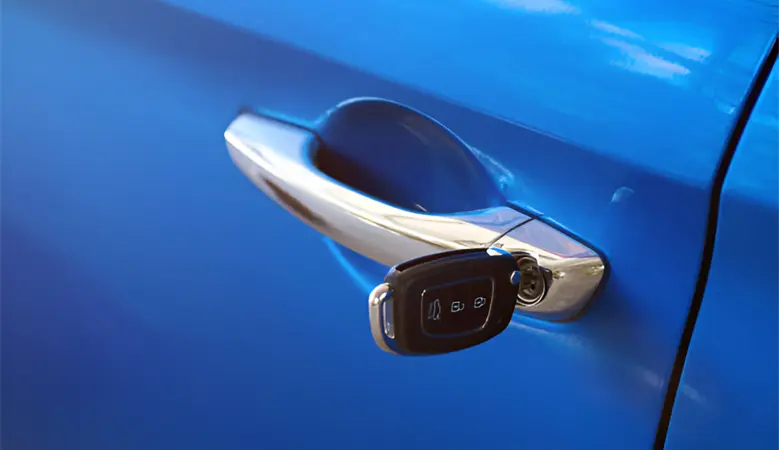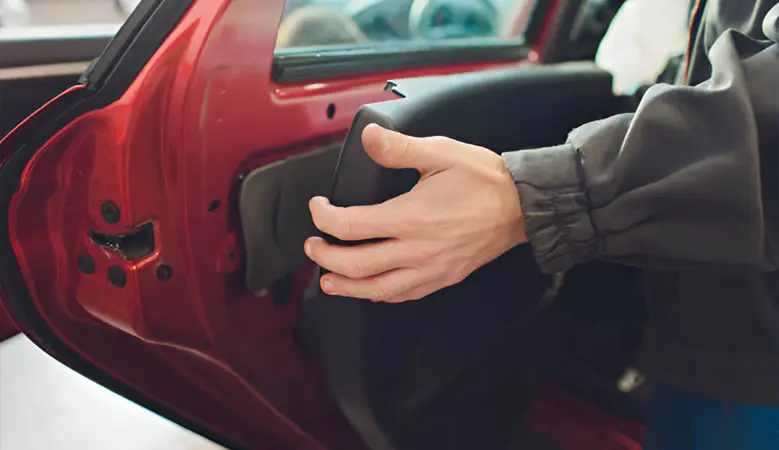The Basics of Central Locking Systems
Central locking systems have become a standard feature in modern vehicles, providing enhanced convenience and security. These systems allow the driver to lock or unlock all the vehicle doors simultaneously by pressing a button. This centralized control can be operated from inside the car or via a remote key fob, ensuring ease of use and improved safety.
Understanding the basics of central locking systems is essential for appreciating their security benefits. These systems typically consist of electronic control units, actuators, and wiring that work together to engage or disengage the locks. By utilizing electronic signals, central locking systems can swiftly secure all vehicle entry points, reducing the risk of unauthorized access.
Key Features of Advanced Central Locking Systems
Advanced central locking systems offer a range of features that go beyond simple locking and unlocking. One notable feature is the ability to integrate with car alarms, providing an additional layer of security. When the central locking system is activated, it can also arm the car alarm, ensuring a comprehensive protection mechanism.
Another key feature of modern central locking systems is the incorporation of keyless entry and push-button start. These technologies enhance convenience by allowing drivers to unlock and start their vehicles without physically handling the key. Additionally, some advanced systems offer remote start capabilities, enabling the car to be started from a distance, which is particularly useful in extreme weather conditions.
Enhanced Protection Against Theft with Central Locking
Central locking systems play a crucial role in protecting vehicles against theft. By securing all doors simultaneously, these systems minimize the chance of a thief gaining access through an unlocked door. This coordinated locking mechanism ensures that every entry point is secured, making it more difficult for criminals to break into the vehicle.
The integration of immobilizers with central locking systems further enhances theft protection. When the system is engaged, the immobilizer prevents the engine from starting unless the correct key is used. This dual-layer security approach significantly reduces the risk of vehicle theft, providing car owners peace of mind.
How Central Locking Systems Deter Unauthorized Access
Unauthorized access to vehicles is a common concern for car owners. Central locking systems deter such attempts by incorporating advanced security features. For instance, many systems include an automatic locking function that engages when the vehicle reaches a certain speed, ensuring that the doors are always locked while driving.
Some central locking systems are also equipped with anti-theft devices such as deadlocks. These locks prevent the doors from being opened from the inside, even if the window is broken. This feature is particularly useful in deterring “smash-and-grab” thefts, where criminals break a window to unlock the door from the inside.
Integration of Alarm Systems with Central Locking
Integrating alarm systems with central locking is a significant advancement in vehicle security. When the central locking system is activated, it can simultaneously arm the car alarm. This integrated approach ensures that any unauthorized attempt to access the vehicle triggers the alarm, alerting the owner and deterring the thief.

Moreover, modern alarm systems often come with features such as motion sensors and tilt sensors. These sensors detect unusual movements or changes in the vehicle’s position, activating the alarm if suspicious activity is detected. Car owners can benefit from a comprehensive security solution by combining central locking with advanced alarm systems.
The Role of Central Locking in Modern Vehicle Security
Central locking systems are a cornerstone of modern vehicle security. They provide a convenient and efficient way to secure all doors and entry points, reducing the risk of unauthorized access. The ability to control the locks from a remote key fob or a smartphone app adds a layer of convenience and flexibility.
In addition to convenience, central locking systems contribute to overall vehicle security by integrating with other safety features. For example, many vehicles now have automatic locking functions that engage when the car starts moving. This ensures that all doors are locked while driving, enhancing passenger safety and reducing the risk of carjacking.
Comparing Central Locking Systems to Traditional Locks
When comparing central locking systems to traditional locks, the advantages of modern technology become evident. Traditional locks require each door to be manually locked or unlocked, which can be time-consuming and prone to human error. In contrast, central locking systems allow simultaneous control of all locks, ensuring no door is accidentally left unlocked.
Traditional locks also lack the advanced security features found in central locking systems. For instance, traditional locks do not typically integrate with car alarms or immobilizers, leaving the vehicle more vulnerable to theft. Central locking systems offer a more robust security solution by incorporating these additional protective measures.
Common Vulnerabilities Addressed by Central Locking Systems
Central locking systems address several common vulnerabilities associated with vehicle security. One such vulnerability is the risk of leaving a door unlocked. Central locking systems eliminate this risk by allowing all doors to be locked simultaneously, ensuring comprehensive security.
Another vulnerability is the potential for key duplication. With traditional locks, a stolen or copied key can easily unlock the vehicle. However, central locking systems often use advanced encryption and keyless entry technologies, making it significantly harder for thieves to duplicate keys and gain unauthorized access.
Innovations in Central Locking Technology for Enhanced Security
Recent innovations in central locking technology have further enhanced vehicle security. One such innovation is using biometric authentication, such as fingerprint or facial recognition, to unlock the vehicle. This technology ensures that only authorized individuals can access the car, providing high security.
Another innovation is the integration of smartphone apps with central locking systems. These apps allow car owners to control the locks remotely, receive notifications if the vehicle is tampered with, and even track the vehicle’s location. Such features provide added convenience and security, making it easier for car owners to monitor and protect their vehicles.
Real-World Benefits of Central Locking Systems for Car Owners
The real-world benefits of central locking systems for car owners are numerous. These systems offer enhanced convenience by allowing all doors to be locked or unlocked with a button. This feature is particularly useful when carrying groceries, managing children, or in adverse weather conditions.
Regarding security, central locking systems defend against theft and unauthorized access. By integrating with alarms and immobilizers, these systems offer multiple layers of protection, ensuring that vehicles remain secure. For car owners in Dubai, seeking Locksmith Dubai services for car central locking system repair near me can ensure these systems are well-maintained and functioning optimally. Whether you need advice on fixing the car central locking system or require professional assistance, a reliable Locksmith Near me can be a valuable resource.
In conclusion, central locking systems are essential to modern vehicle security, offering convenience and protection. Car owners looking to enhance their vehicle’s security should consider upgrading to an advanced central locking system. For expert advice and services, contact KME Locksmith Dubai at +971-52-9533381.
